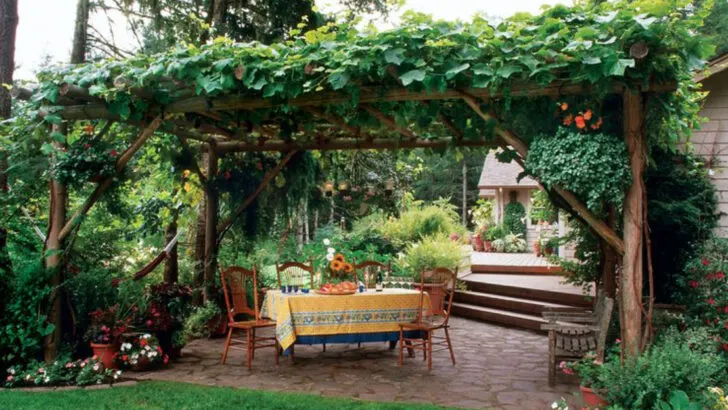The all-American lawn is losing its grip—and something better is taking root. For decades, a neatly mowed lawn was the gold standard of suburban pride. But as water restrictions tighten, grocery prices rise, and climate extremes worsen, many Americans are beginning to ask: Why are we pouring time, money, and resources into something that doesn’t feed us?
Enter the edible front yard. All across the country, from California cul-de-sacs to Midwest small towns, homeowners are ripping up grass and replacing it with rows of tomatoes, kale, beans, and pollinator-friendly blooms. These gardens aren’t just practical—they’re stunning, eco-friendly, and deeply satisfying. And they turn unused land into something that nourishes both body and mind.
This shift isn’t just about food—it’s about freedom. Converting a lawn into a productive garden means taking control of what goes on your plate, reducing dependency on stores, and creating a micro-ecosystem that supports the planet. In this list, we explore 16 American lawns that made the transformation—and why this quiet revolution is just getting started.
The Urban Homestead
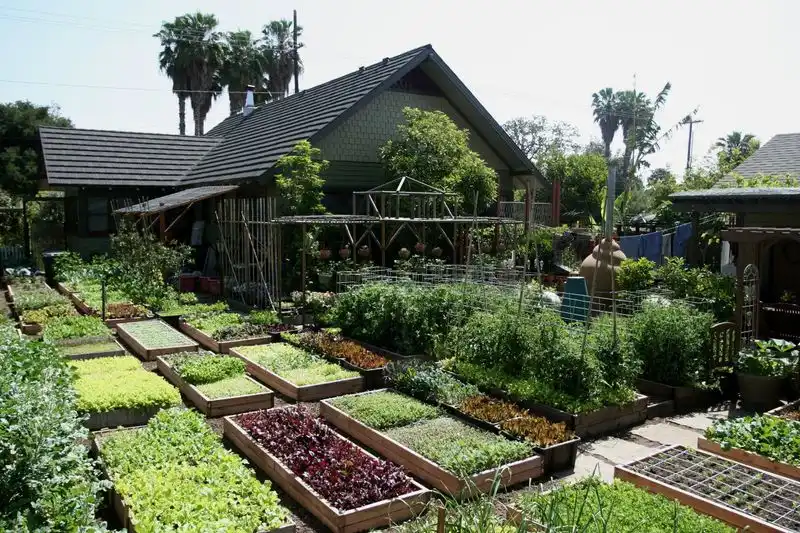
In the heart of a bustling city, one couple traded their small lawn for a vibrant urban homestead. Gone are the days of mowing grass, replaced by planting, harvesting, and sharing fresh produce with neighbors. This shift not only brings fresh, home-grown vegetables but also fosters community spirit.
Embracing urban gardening practices, residents reduce their carbon footprint and inspire others. City gardening offers a green refuge amidst concrete and has proven to be a rewarding endeavor. The transformation highlights how even the smallest green space can make a significant impact.
Suburban Food Forest
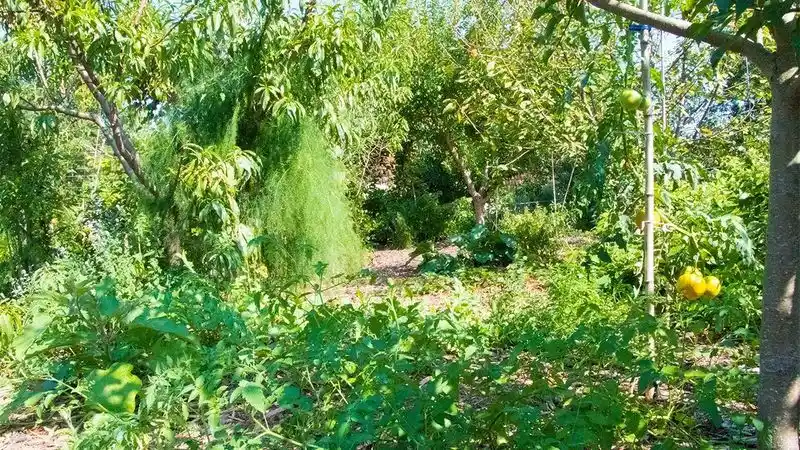
In a typical suburban neighborhood, one family decided to cultivate a food forest instead of maintaining a traditional lawn. Fruit trees and berry bushes now occupy the space, attracting birds and beneficial insects. This change not only provides fresh produce year-round but also supports local wildlife.
The garden has become a living classroom, where children learn about nature’s cycles firsthand. This productive landscape embodies the harmony between a family’s needs and environmental stewardship. It serves as a reminder that sustainability can start in our own backyards.
The Pollinator’s Paradise
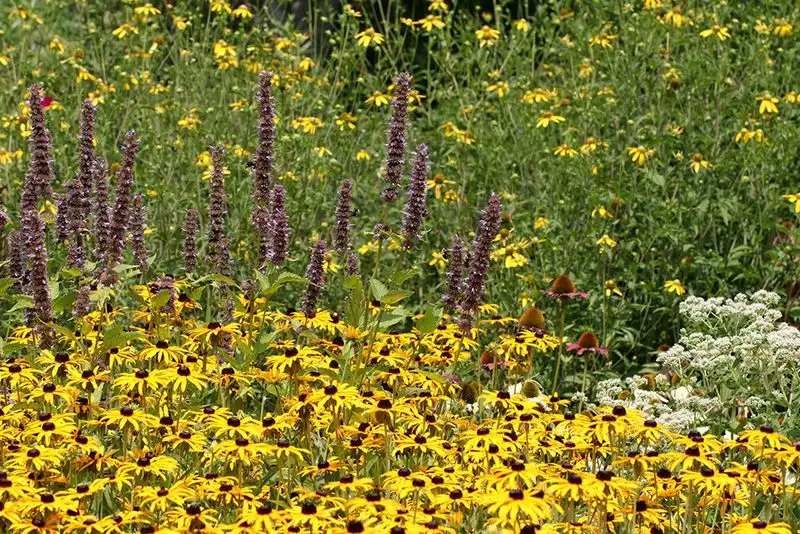
Turning a lawn into a pollinator’s paradise has become an inviting trend. One homeowner swapped grass for wildflowers, creating a haven for bees and butterflies. This vibrant garden teems with life, offering essential habitats for pollinators, crucial for our ecosystem.
The visual spectacle is matched by the garden’s role in supporting biodiversity. Visitors are often enchanted by the buzzing activity and riot of colors. It’s an inspiring example of how small changes can have a big impact on local environments. Beauty and purpose coexist in this lively garden.
Community Garden Initiative
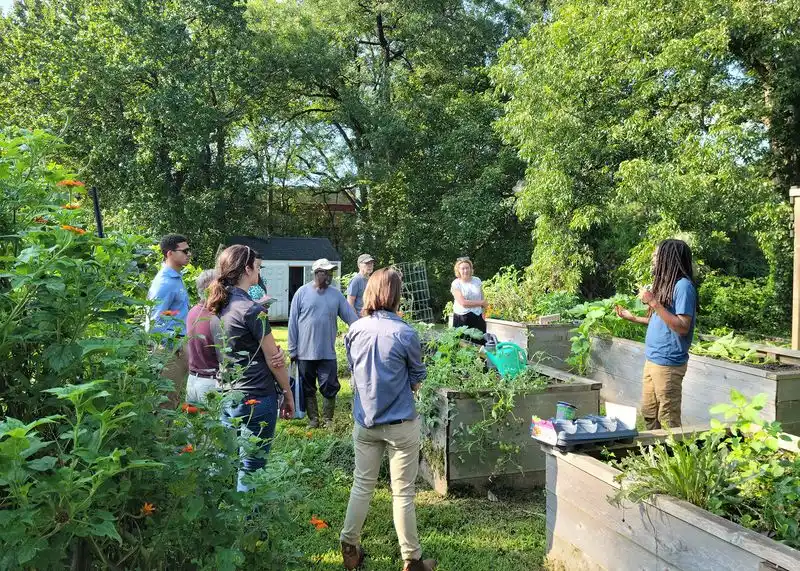
An unused lawn in a dense urban area was transformed into a thriving community garden. This initiative brought neighbors together, fostering a sense of community and collaboration. Now, diverse plots cater to different tastes, from herbs to vegetables.
The garden has become a focal point for social interaction and education. Gardening workshops and seasonal events are regular attractions, encouraging more residents to participate. It exemplifies how communal efforts can reclaim urban spaces for sustainable living, enriching both the community and the environment.
The Rooftop Retreat
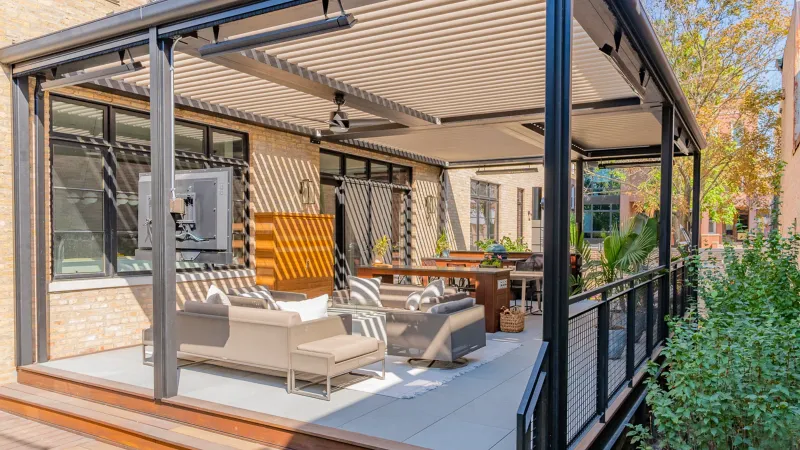
Above the city streets, rooftops become green sanctuaries. One young professional turned their building’s roof into a productive garden. Vegetables grow alongside flowers, with seating areas offering relaxation amidst urban life. This rooftop retreat not only provides fresh produce but also a place to unwind.
Utilizing vertical space, this garden demonstrates innovative urban solutions. The view of the skyline adds charm, while the garden itself serves as an oasis. It’s a testament to how rooftops can contribute to the green movement, offering both sustenance and solace.
Backyard Herbal Haven
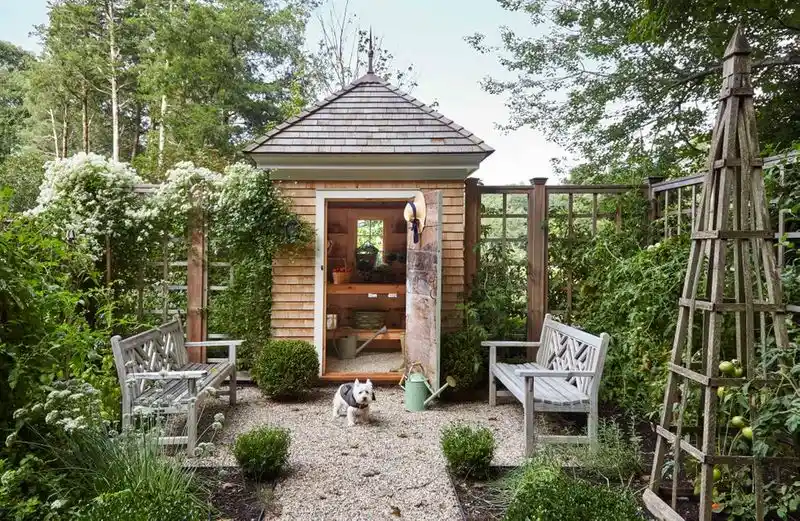
In a cozy suburban backyard, a neglected lawn was reimagined into a herbal haven. Aromatic plants like mint, basil, and rosemary now thrive, offering fresh herbs for culinary adventures. This fragrant garden invites exploration and experimentation in cooking.
Beyond culinary uses, these herbs also offer medicinal benefits. The transformation demonstrates how a small space can be both practical and delightful. It serves as a personal retreat and a source of home-grown flavor, proving that gardens can be both beautiful and beneficial.
Permaculture Paradise
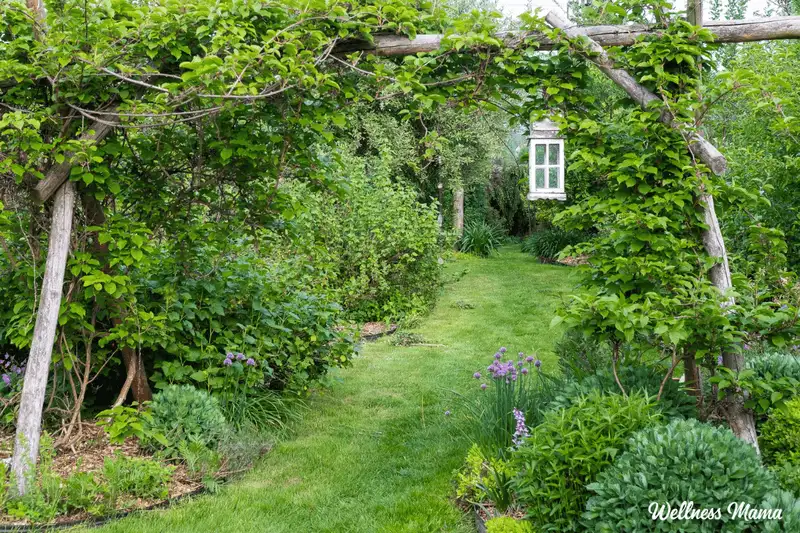
Leaving behind a traditional lawn, one family embraced permaculture principles to create a sustainable paradise. Layers of plants coexist, creating a self-sustaining ecosystem. A pond adds to the diversity, supporting both plants and wildlife.
This garden not only produces abundant food but also conserves resources through natural techniques. It serves as a model for those seeking a sustainable lifestyle, demonstrating that harmony with nature is achievable. The transformation illustrates how thoughtful design can lead to bountiful and resilient gardens.
Edible Front Yard
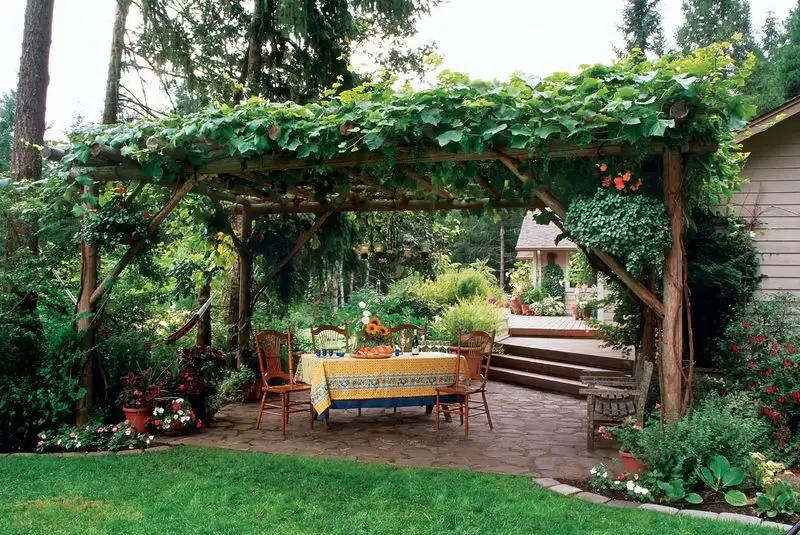
A bold decision led one homeowner to replace their front lawn with an edible garden. Vegetables and fruit trees now greet visitors, showcasing an innovative use of space. This transformation provides fresh, organic produce right outside the front door.
Neighbors are often intrigued and inspired by the garden’s practicality and beauty. The edible front yard challenges traditional landscaping norms, proving that aesthetic appeal and functionality can coexist. It encourages others to reconsider how public-facing spaces can contribute to personal and environmental health.
The Native Plant Sanctuary

Converting a lawn into a native plant sanctuary was a mission for one eco-conscious homeowner. Native flora replaced non-native grass, restoring the natural habitat for local wildlife. This garden not only supports ecological balance but also educates visitors with informative signage.
The sanctuary attracts nature enthusiasts and curious passersby alike. It’s a living testament to the importance of preserving local biodiversity. By choosing native plants, this garden thrives naturally, requiring fewer resources and showcasing the beauty of indigenous species.
The Vertical Veggie Wall
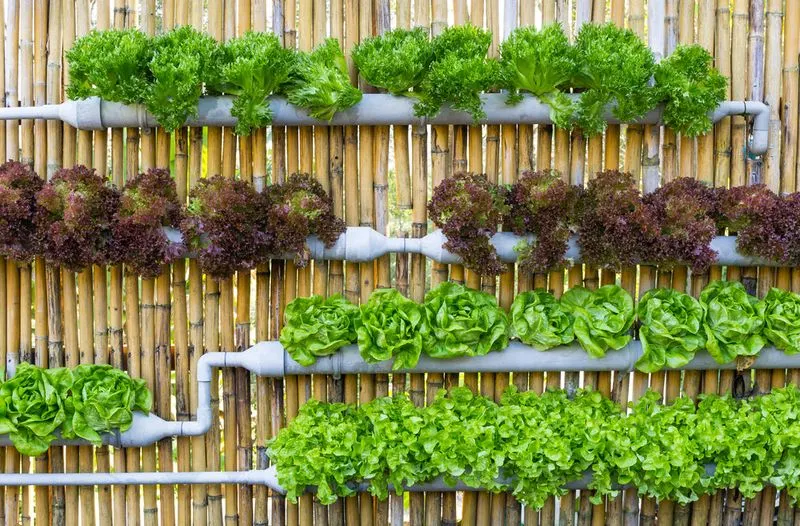
A creative solution to limited space, the vertical veggie wall transforms bare walls into productive gardens. Hanging planters brimming with vegetables and herbs offer a unique gardening twist. This approach maximizes space, making gardening accessible even in compact areas.
The veggie wall stands as an inventive example of urban agriculture. Young gardeners have embraced this trend, finding joy in cultivating their own food. It’s an inspiring model for others, proving that limitations can spark creativity. The garden offers fresh flavors and an eye-catching display.
The Wildlife Corridor

Transforming a lawn into a wildlife corridor created a vital link between natural habitats. Diverse plant species now offer food and shelter for animals, encouraging biodiversity. Pathways allow wildlife to move safely through urban areas, promoting a healthy ecosystem.
This garden is more than just a sanctuary; it’s a lifeline for local fauna. Residents appreciate the dynamic environment, where nature and urban life coexist. The project highlights the positive impact of thoughtful landscaping on the health of local ecosystems, encouraging more to contribute.
The Schoolyard Garden
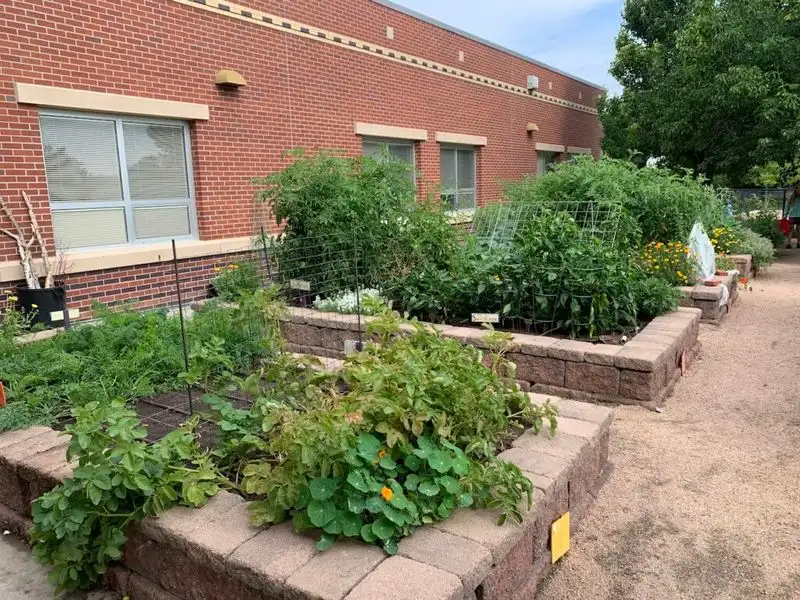
A schoolyard lawn was transformed into an engaging educational garden. Students now learn about sustainable practices hands-on, planting and tending to different crops. This initiative fosters environmental awareness and responsibility in young minds.
The garden serves as an outdoor classroom, offering lessons that extend beyond textbooks. Teachers and students collaborate, growing both plants and community spirit. It’s a model for integrating sustainability into education, providing a space where curiosity and learning flourish. The schoolyard garden inspires other schools to embrace green initiatives.
The Refugee Garden Project
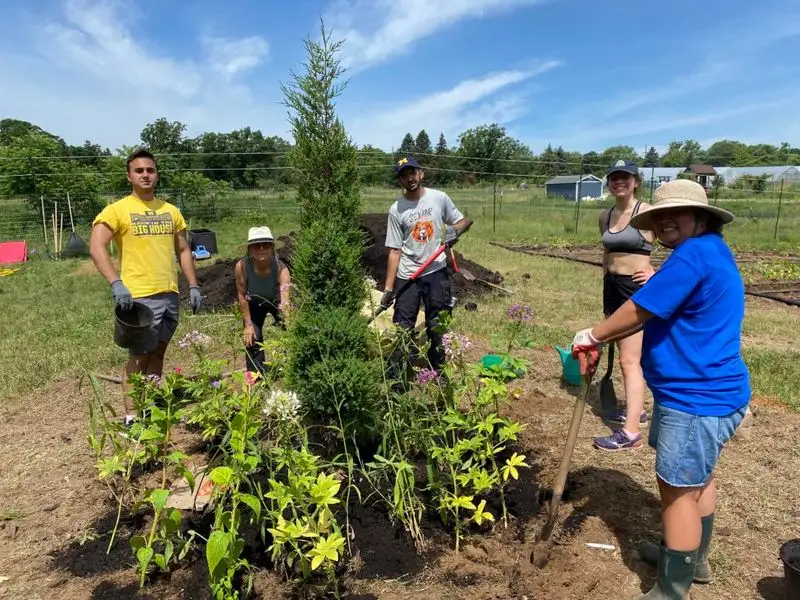
A once-ordinary lawn became a vibrant garden project designed to support refugee integration. Diverse crops reflect the cultural backgrounds of participants, fostering a sense of belonging and community.
The garden provides more than food; it’s a place of healing and connection. Participants share stories and traditions, strengthening community ties. This initiative demonstrates the power of gardens to bridge cultural gaps and support social cohesion. It’s a reminder that gardens can cultivate more than just plants, nurturing hope and unity.
The Sustainable Homestead
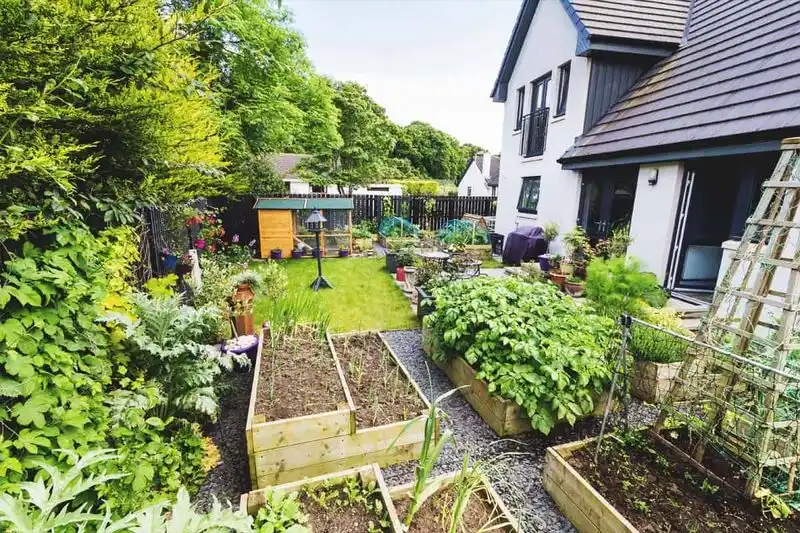
On a rural homestead, a standard lawn was replaced with a sustainable living model. Solar panels and rainwater collection systems complement the thriving vegetable garden, reducing reliance on external resources.
This homestead represents a commitment to self-sufficiency and ecological responsibility. It’s an inspiring example of how traditional practices can be modernized for sustainability. The garden not only provides food but also serves as a demonstration of harmony with nature. This transformation shows the potential of rural spaces to lead the way in sustainable living.
The Therapeutic Garden
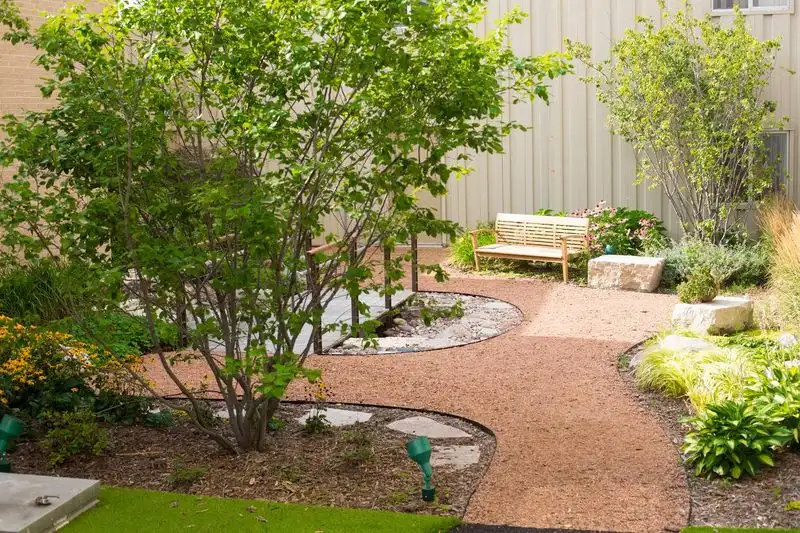
A tranquil lawn was transformed into a therapeutic garden, designed to soothe the senses. Sensory plants and gentle pathways invite visitors to explore, offering a peaceful retreat from daily stress.
The garden serves as a healing space, where nature’s calming influence is harnessed for wellness. It’s a place of reflection and renewal, where individuals can reconnect with themselves and the environment. This example highlights the healing power of gardens, proving that nature’s touch can be restorative and revitalizing.

